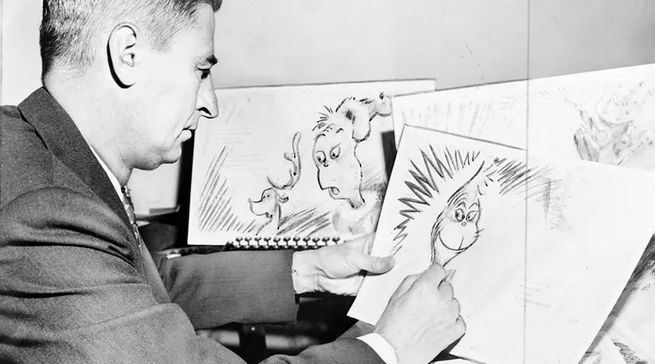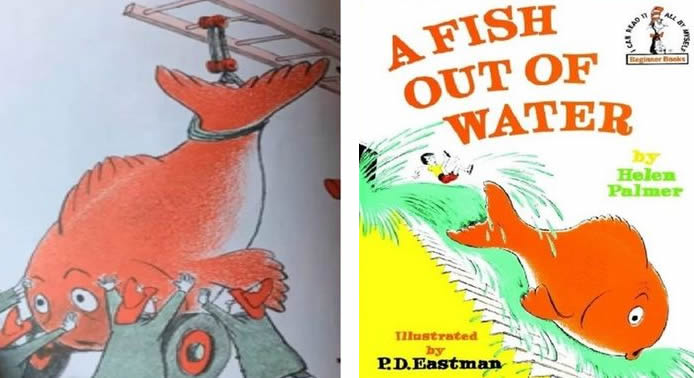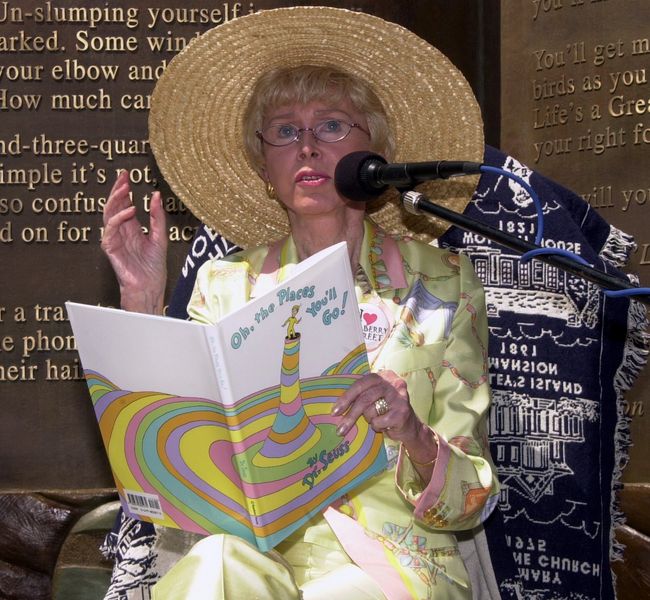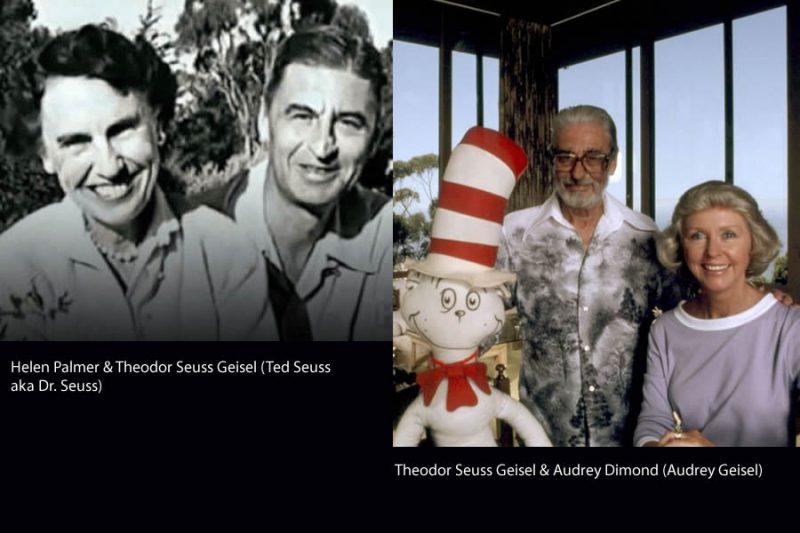After finding out her husband’s affair, she took her own life. In a haunting farewell letter, she exposed not only his infidelity but also the identity of his secret lover.
Secretary Julie Olfe called Palmer’s death “her last and greatest gift to him.”
The Complex World of Dr. Seuss
Dr. Seuss, born Theodor Seuss Geisel, is celebrated globally for his whimsical children’s books that spark imagination and joy. However, beneath the colorful pages and catchy rhymes lay a tumultuous personal life marked by profound tragedy and complex relationships. This side of Seuss paints a stark contrast to the beloved children’s author known to the world.

Rising Star with a Dark Side
Theodor Geisel’s journey to becoming Dr. Seuss was anything but ordinary. From a young age, he showed a flair for the creative, which was nurtured through his academic pursuits at Dartmouth and later Oxford. It was at Oxford that he met Helen Palmer, who recognized his potential beyond academia. She encouraged him to pursue a career in drawing and writing, significantly influencing the trajectory of his professional life.
After leaving Oxford, Geisel began to make a name for himself, first through a series of advertisements and eventually through his children’s books. His early work, including titles like “To Think That I Saw It on Mulberry Street,” marked the beginning of a prolific career that would make Dr. Seuss a household name.

Helen was also an author.
Personal Life Fraught with Tragedy
Despite his growing acclaim, Geisel’s personal life was rife with challenges. Helen, who had been instrumental in his rise to fame, battled long-term illnesses and depression. Her ailments, coupled with Geisel’s infidelity, led to a tragic conclusion: Helen ended her life in 1967, leaving behind a heart-wrenching note that highlighted her despair and sense of betrayal. This act of desperation revealed the complexities of Geisel’s private life, casting a long shadow over his public persona.
Helen, even as she was suffering from Guillain Barre Syndrome and depression. Guillain-Barre (gee-YAH-buh-RAY) syndrome is a rare disorder in which your body’s immune system attacks your nerves. Weakness and tingling in your hands and feet are usually the first symptoms. These sensations can quickly spread, eventually paralyzing your whole body.
A Scandalous Act
The plot thickened with the revelation that Geisel had been having an affair with Audrey Stone, a close family friend. In a move that shocked their social circle, Geisel married Audrey just eight months after Helen’s death. This swift remarriage fueled speculation and gossip, though it marked the beginning of a partnership that would endure until Geisel’s death. Audrey not only took Helen’s place as his wife but also assumed a significant role in managing the Dr. Seuss legacy.

Palmer died by suicide with an overdose of barbiturates on October 23, 1967, after a series of illnesses spanning 13 years. She wrote in her suicide note:
Dear Ted, What has happened to us? I don’t know. I feel myself in a spiral, going down down down, into a black hole from which there is no escape, no brightness. And loud in my ears from every side I hear, “failure, failure, failure…” I love you so much … I am too old and enmeshed in everything you do and are, that I cannot conceive of life without you … My going will leave quite a rumor but you can say I was overworked and overwrought. Your reputation with your friends and fans will not be harmed … Sometimes think of the fun we had all thru the years …
Eight months later, in August 1968, Seuss married Audrey Dimond, with whom he had been having an affair.
Nonetheless, Seuss later described how he felt at her death: “I didn’t know whether to kill myself, burn the house down, or just go away and get lost.” His niece Peggy commented: “Whatever Helen did, she did it out of absolute love for Ted.” Secretary Julie Olfe called Palmer’s death “her last and greatest gift to him.” – Wikipedia
Legacy: A Mixed Palette
Today, Dr. Seuss’s contributions to children’s literature remain invaluable, with classics like “The Cat in the Hat” and “Green Eggs and Ham” continuing to enchant readers. His innovative use of language and imaginative illustrations have set a standard in the genre. However, the story of the man behind the pen—complete with its achievements, failures, and contradictions—offers a more nuanced view of Seuss’s impact both on and off the page.
In the end, Geisel’s life story is a poignant reminder that great creativity can often come from complex and troubled origins. While his books continue to inspire and delight, the personal costs and moral complications behind their creation provide a deeper, more mature context to the whimsical worlds of Dr. Seuss.

